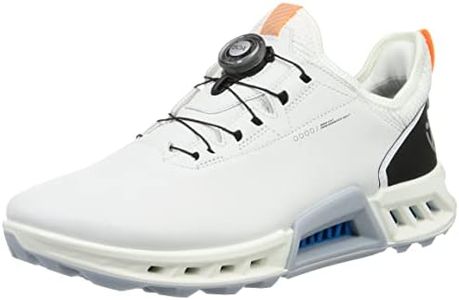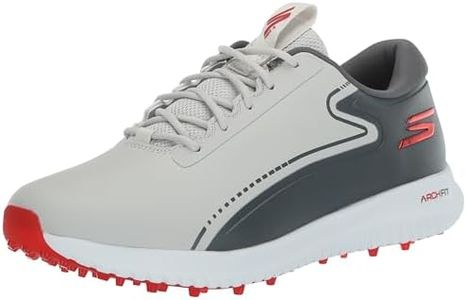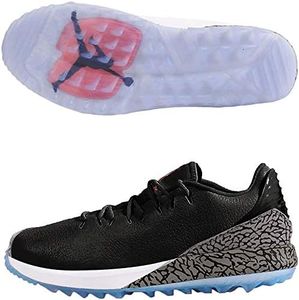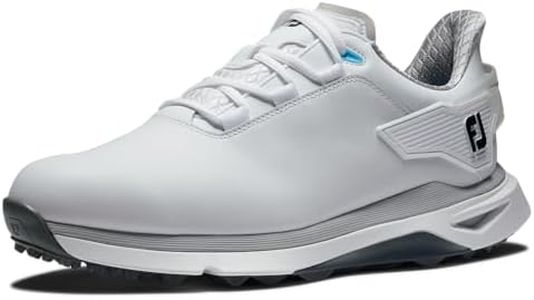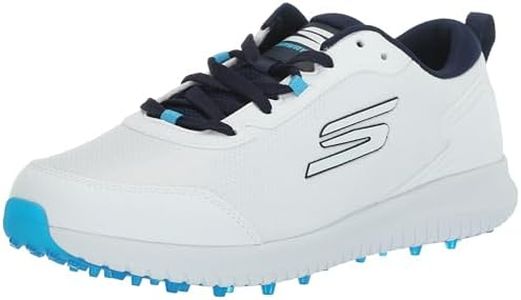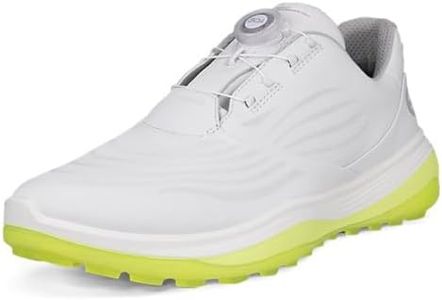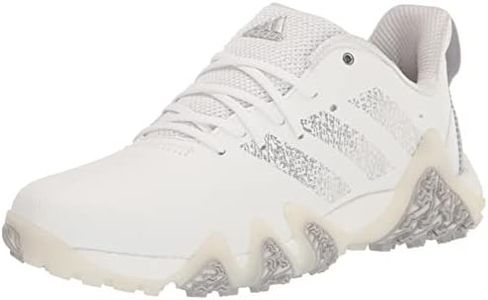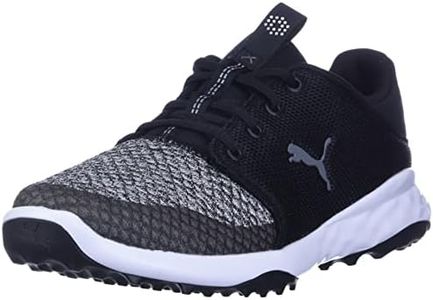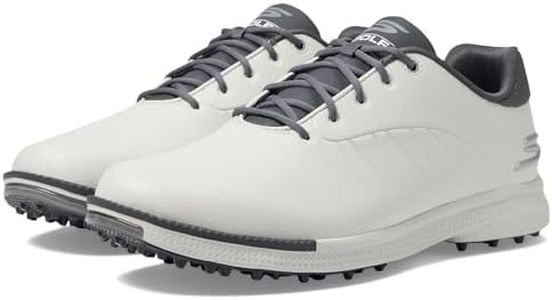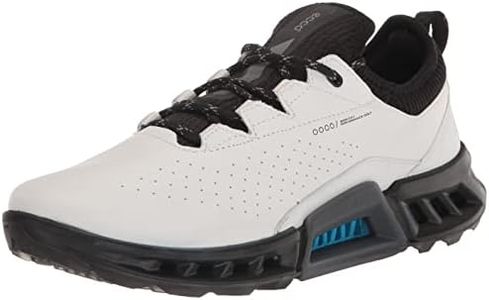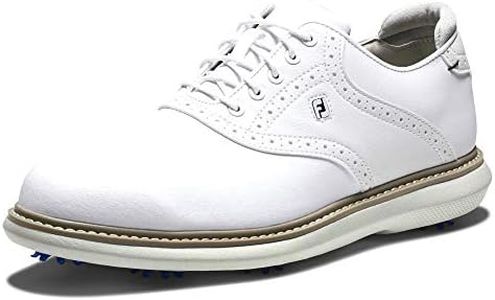We Use CookiesWe use cookies to enhance the security, performance,
functionality and for analytical and promotional activities. By continuing to browse this site you
are agreeing to our privacy policy
10 Best Golf Shoes
From leading brands and best sellers available on the web.Buying Guide for the Best Golf Shoes
Choosing the right golf shoes is important for both comfort and performance on the course. A good pair of golf shoes can help you maintain stability during your swing, keep your feet comfortable through all 18 holes, and protect you from slippery or wet conditions. When shopping for golf shoes, think about where and how often you play, the typical weather, and your comfort preferences. Let’s look at the most important aspects to consider to help you find the best fit for your golfing style and needs.Type (Spiked vs. Spikeless)Golf shoes generally come in two main types: spiked and spikeless. Spiked shoes have replaceable cleats on the sole, designed to give you extra grip on soft or wet courses. Spikeless shoes use special patterns or rubber nubs for traction and often have versatile soles that allow for wear both on and off the course but may not offer as much grip in wet conditions. If you play on courses that get wet or hilly, spiked shoes might be better. If you prefer a lightweight feel and versatility, consider spikeless models.
MaterialGolf shoes are commonly made from leather, synthetic materials, or a blend of both. Leather shoes are durable, breathable, and tend to conform well to your feet, making them a popular choice for many golfers. Synthetic materials are usually lighter and can be more affordable, but may not be as durable or weather-resistant. Choose leather if durability and weather protection are priorities, especially if you often play in variable conditions. Opt for synthetic if you want something lighter for dry weather or occasional play.
Fit and ComfortFit and comfort refer to how the shoe molds to your foot and how easy it is to wear for long periods. Golfing involves a lot of walking and standing, so a comfortable, well-fitted shoe is essential to avoid blisters and fatigue. Look for shoes that offer size choices in both length and width, and consider options with extra padding or ergonomic footbeds if you have specific support needs. Always try the shoes on with golf socks to ensure the fit is right for your foot shape and playing habits.
WaterproofingWaterproofing protects your feet from getting wet in dewy mornings or rainy weather. Some golf shoes have a waterproof membrane or treatment, while others are simply water-resistant. True waterproof shoes keep your feet dry regardless of conditions, while water-resistant shoes are best in occasional light moisture. If you often play early in the morning, in rain, or on courses that hold water, prioritize full waterproof protection. If you play mostly in dry conditions, water resistance might be enough.
TractionTraction is about how well the shoe grips the ground and helps prevent slipping during swings or while walking the course. Traction depends on the sole design, whether spiked or spikeless, and the pattern or materials used. Stronger traction is useful for wet, uneven, or hilly courses, while moderate traction may be fine for dry and flat environments. Assess the usual playing conditions you face to decide how much grip you really need.
BreathabilityBreathability means how well the shoe lets air circulate, helping keep your feet dry and cool during play. Shoes with mesh panels or ventilation features are more breathable and work best in hot or humid weather. Shoes made mostly from leather may be less breathable but offer more weather protection. Consider breathability important if you play in warm climates or tend to get sweaty feet; otherwise, you can focus more on weather-resistance and durability.
